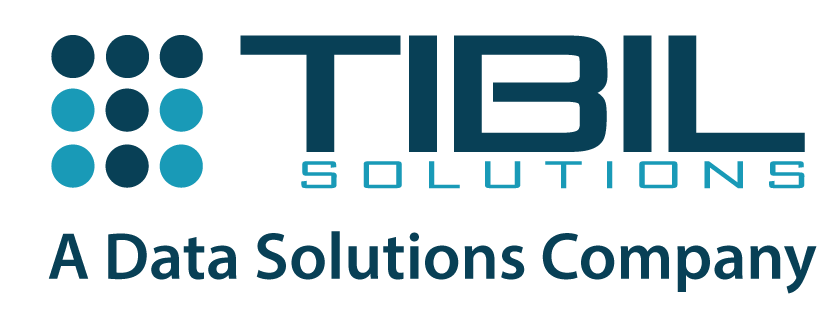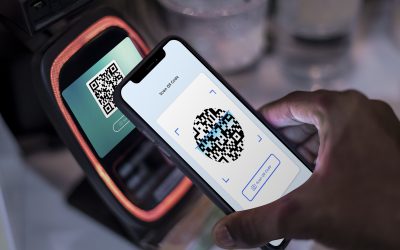
Can Your Data Tell a Story?
Stop and think for a moment. What do you remember more? The presentation you saw in a meeting last week, or the story you read as a child decades ago? Chances are you’re still more familiar with Jack and his beanstalk than with that sales report. That’s because stories are powerful and visual. Stories inspire, engage, and have the unique ability to transform plain numbers into a compelling narrative and images that excite us.
So can we apply the principles of storytelling to business data? By presenting data visually in a way that follows a logical path and provides invaluable insights on a particular topic, you can make lasting impressions on your target audience, be it, internal users or customers. Data storytelling, for that’s what this approach is called, is the art of transforming data-driven analyses into an easy-to-consume visual format to influence business decisions and enable actionable insights.
The need for data storytelling
The idea behind data storytelling is the natural human affinity to plotlines and narratives, which makes it easier for us to imbibe complex information simplified in a story format. Easy access to relevant, factual data across industries – warehousing, manufacturing, finance, healthcare, etc – has resulted in our reliance on data for decision making. Unfortunately, data analysts adept in data curation and interpretation, struggle with the task of sharing their insights in an engaging and effective way.
The biggest hurdle between data collection and analysis that prevents organizations from taking data-driven action is the structure of that data. To get the most holistic view, data needs to be pulled from multiple sources – that have multiplied thanks to the advent of digital – which can be very time-consuming and tedious and is made even more complex by different data formats and management systems. When businesses have the right systems in place to provide access to data, and the right resources to analyse and pull learnings from that data, then data can become central to operations and decision-making.
Data storytelling gives business users crucial information about what’s happening in their organization and why, in a manner that is easy to understand and apply, i.e. turn data into action.
How can a data analyst tell a story and not just present cold facts?
Here are some simple ways:
Create context
All successful narratives, fiction or non-fiction, have captivated readers because of their ability to be contextual and connect with the reader on an intimate level. Business data must also be presented in a contextual framework such as trends, market news, background information etc., that helps the useful information pop-out. Even something as simple as the title of the report plays a vital role.
Identify the story
Data presented in any format, be it a presentation or a research report, must begin by asking targeted questions or forming a hypothesis, then bringing together and digging into relevant data to find answers. Some of the questions that can help formulate the story can be goal identification. For example, are you trying to get the buy-in for a proposal? What’s interesting is that often you may end up with a different narrative than the one you started with as you collect and analyse data, and get something that is far more powerful.
Don’t ignore outliers
Outliers are any data that act unusually or outside the norm. Even these data points that do not seem to fit in with the rest of the data you gathered can be very useful, even if it is to further emphasize and support the initial hypothesis.
Maintain a linear timeline
Our brains like a linear format with the basic intro, middle and end. For e.g. data analysts should not start a report with their findings, tempting as it might be. It is better to layout the report by stating the problem statement, followed by the background information and then progressing into the findings.
Create for an audience
Understanding the audience or the typical recipient of the report is crucial so that the data and insights presented are relevant and impactful. Find out what they care about, what their goals are, what they already know, and what additional knowledge will help them achieve their goals.
Formulate a clear narrative
Another aspect that makes a data story different from a regular report is the inclusion of a clear call to action and relevant visuals.
In summary
Businesses the world over are increasingly leaning into analytics to extract actionable insights from the glut of business data surrounding them. Data storytelling helps them communicate key insights compellingly and inspire action that can drive change. However, most of the tables, pie charts, dashboards, and other visualizations fail to resonate with their intended audience and do not offer up any useful insights. At times this happens because data scientists overwhelm their audience with too much data; while other times it happens because the data has been misrepresented or has failed to become an actual narrative that will resonate with recipients.
As a business, if you want your employees and customers to make the right decisions with data, you have to get in their heads in a way they understand. Deriving insights from your data is one thing, being able to present it in an easily digestible way is a whole different ballgame. You need to pay attention to what matters most and have a clear understanding of the format for a great story, you can create convincing narratives through your data and help your audience know better and do better.
At Tibil, we believe that while dashboards and visualizations are integral parts of data storytelling, there is much more to it. We work closely with our clients to ask the “why” behind the “what”, and turn your statistics into a powerful communication tool. Tibil has the ability to zero in on hidden layers within your business data, and then materialize this information into clear and simple actions for business strategy.
Related Posts
AI Toolbox: Creative Content Beyond ChatGPT & BARD
Introduction: In the dynamic landscape of artificial intelligence (AI), ChatGPT and BARD have garnered significant attention for their capabilities in natural language processing and music composition. However, a rich tapestry of AI tools exists...
Ethical Considerations in Generative AI: Ensuring Fair and Responsible Data Analytics
Introduction Generative AI, a transformative subset of artificial intelligence, is revolutionizing data analytics and machine learning. It empowers machines to generate data, images, and text that mimic human creativity. While the potential of...
Building a Better Future with Digital Public Goods
The world is on the cusp of digitization! In this era of digitization, we have transformed the way we communicate, interact, and access information. It has not only changed our personal lives but also has brought an evident transformation in the...
The Role of Artificial Intelligence in Cyber Security
In an era characterised by rapid technological advancements and increasing digitalisation, the field of cyber security faces an escalating and ever-evolving threat landscape. As cyber threats become more sophisticated, organisations must employ...
TinyML: The Future of Edge AI
Artificial intelligence (AI) has been a hot topic in recent years and with good reason. AI has the potential to transform countless industries and improve our lives in numerous ways. However, as powerful as AI can be, it also requires a lot of...
The Evolution of Federated Learning
Uber settled an inquiry into a data breach that exposed the personal data of more than 5,00,000 drivers in 2016 by paying $148 million. A GDPR breach resulted in a $57 million fine for Google in 2020. On-growing data privacy and data breach issues...
Subscribe To Our Newsletter
Lorem ipsum dolor sit amet, consectetuer adipiscing elit. Aenean commodo ligula eget dolor. Aenean massa. Cum sociis natoque penatibus et magnis dis parturient montes, nascetur ridiculus mus

Company
About us
Careers
Contact
Awards
Blog
Offerings
Strategy & Consulting
Managed Services
Solutions
Digital Public Goods
Solutions
Data Solutions
Industry Solutions







